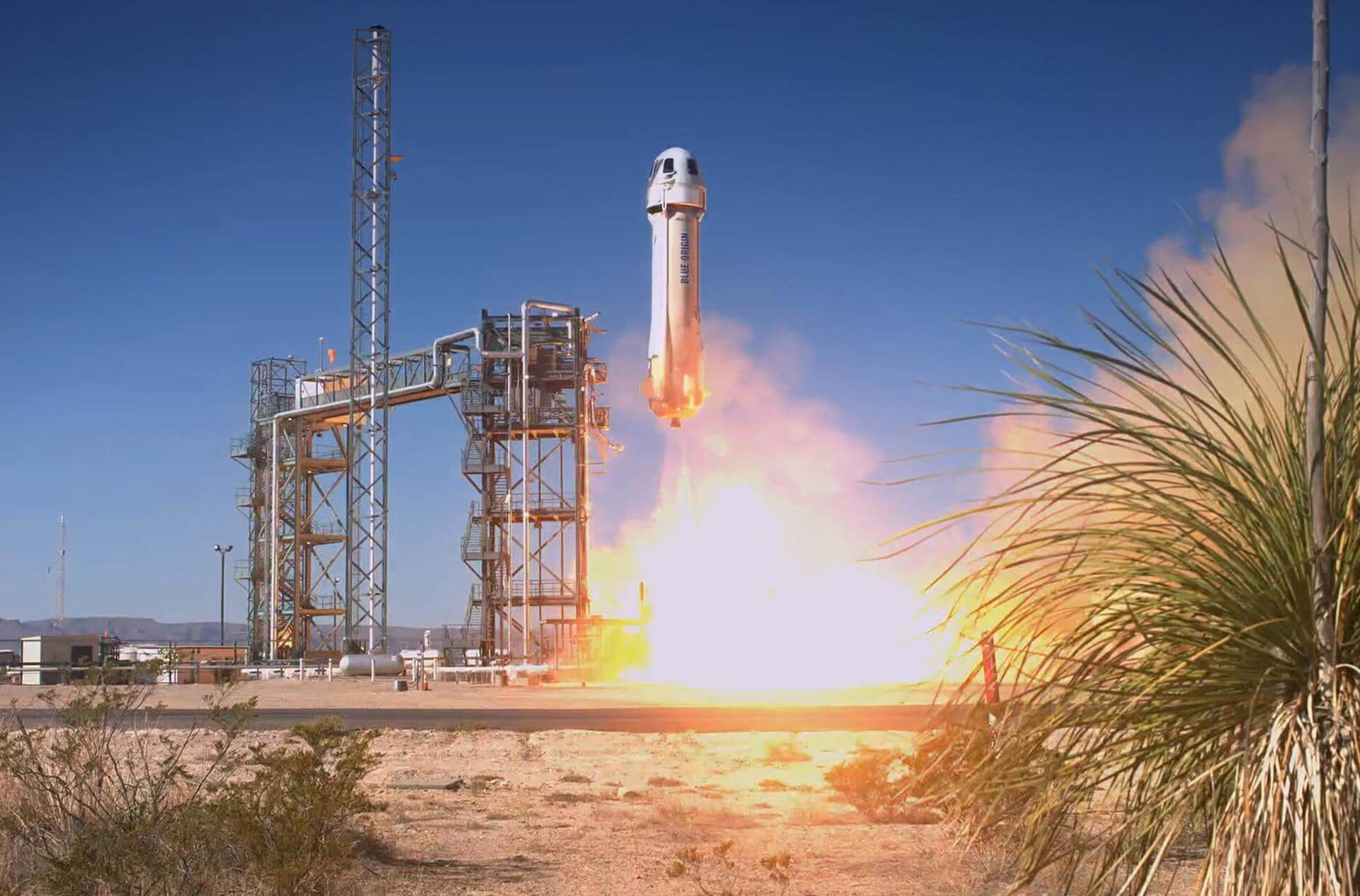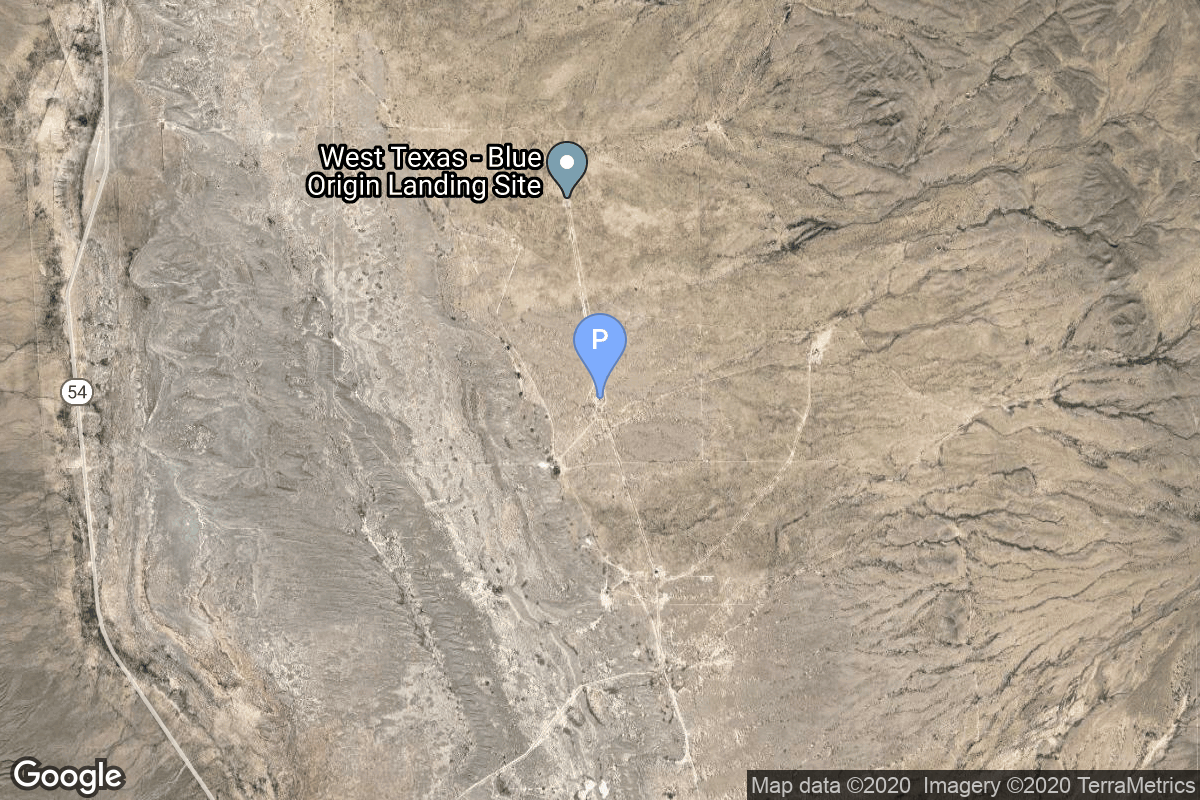
Launch
Blue Origin
New Shepard | NS-29
- Mission
- rocket
- Pad
- Agency
Mission
NS-29
Suborbital
Suborbital
NS-29 will simulate the Moon’s gravity and fly 30 payloads, all but one of which is focused on testing lunar-related technologies. The payloads will experience at least two minutes of lunar gravity forces, a first for New Shepard and made possible in part through support from NASA. The flight will test six broad lunar technology areas: In-situ resource utilization, dust mitigation, advanced habitation systems, sensors and instrumentation, small spacecraft technologies, and entry descent and landing. Proving out these technologies at lower cost is another step toward Blue Origin’s mission to lower the cost of access to space for the benefit of Earth. It also enables NASA and other lunar surface technology providers to test innovations critical to achieving Artemis program goals and exploring the Moon’s surface. The New Shepard crew capsule is using its Reaction Control System (RCS) to spin up to approximately 11 revolutions per minute. This spin rate simulates one-sixth Earth gravity at the midpoint of the crew capsule lockers. In simulated lunar gravity, customers can accelerate their learning and technology readiness for lunar payloads at much lower cost.
Status
Launch Successful
The launch vehicle successfully inserted its payload(s) into the target orbit(s).
Pad

West Texas Suborbital Launch Site/ Corn Ranch
USA
Map
Location
America/Chicago
Corn Ranch, Van Horn, TX, USA
Corn Ranch, commonly referred to as Launch Site One (LSO), is a spaceport owned and operated by Blue Origin which is located approximately 30 miles north of the town of Van Horn, Texas, United States.
36
36
Location Image

Rocket

New Shepard
The New Shepard reusable launch system is a vertical-takeoff, vertical-landing (VTVL), suborbital manned rocket that is being developed by Blue Origin as a commercial system for suborbital space tourism.
Details
Min stage: 1
Max stage: 1m
Length: 15.0m
Diameter: 3.7
First Flight: April 29, 2015
Total launch count: 36
Successful launches: 35
Failed launches: 1
Pending launches: 1
Consecutive successful launches: 13
Apogee: 100km
Attempted landings: 36
Successful landings: 34
Failed landings: 2
Consecutive successful landings: 13
Manufacturer
Blue Origin
Commercial
None
None
Agency

Blue Origin
Type: Commercial
Details